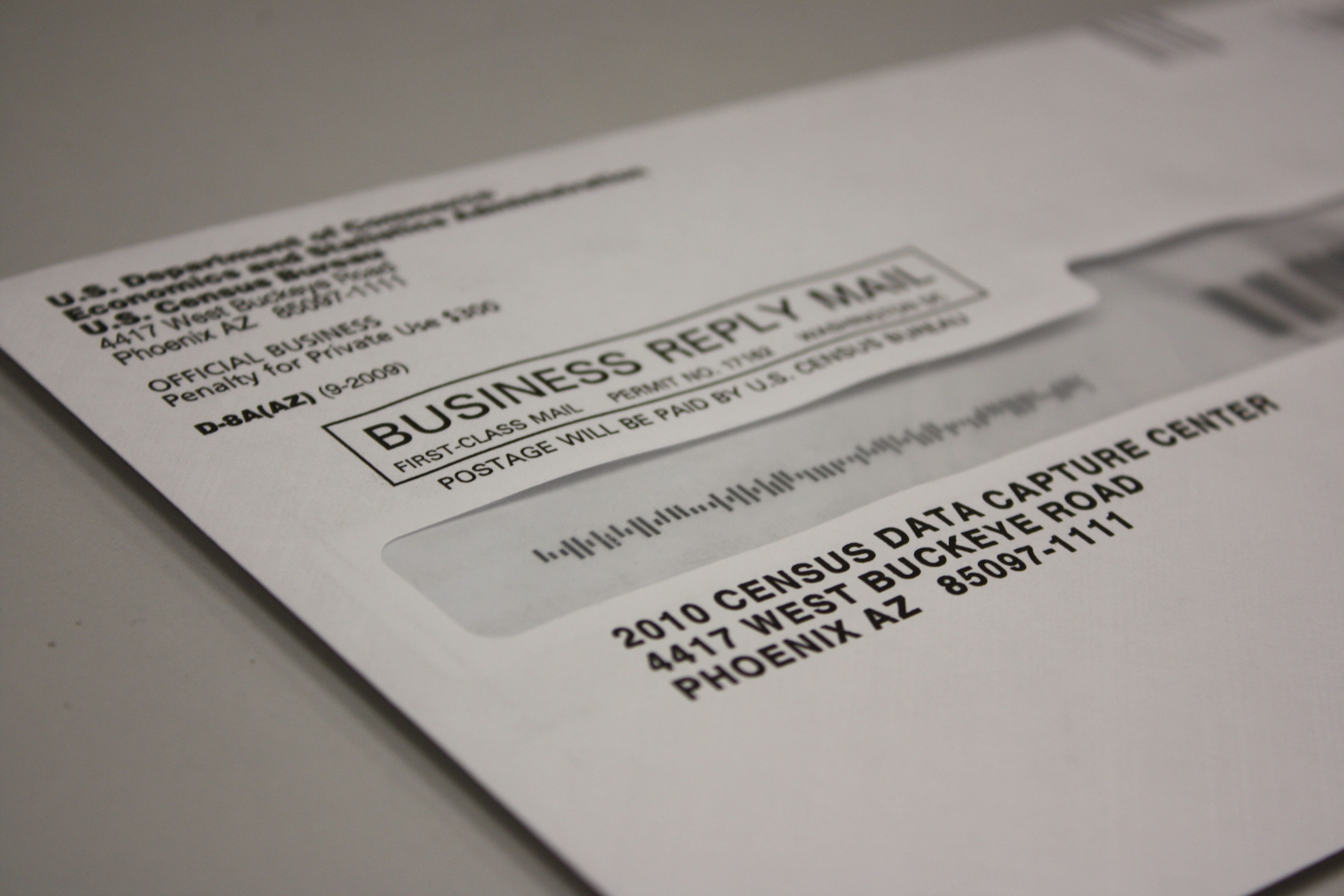An inside look at the U.S. Census

An inside look at the U.S. Census
- March 16, 2010
- UCI sociologist Judith Treas provides insight on the decennial count and her role in this year's survey design
-----
 Census forms will be arriving in more than 120 million U.S. mailboxes this week. Results
from the 10 question survey – one of the shortest in the form’s 220 year history
- will help the U.S. government determine where to channel more than $400 billion
in Federal funding and direct potential shifts in Congressional seat allotments due
to population changes. Aiding in the research and design of this decade’s census
was Judith Treas, UCI sociology professor and director of the Center for Demographic
and Social Analysis. Here, she gives a snapshot of the survey’s roll in government
and her involvement in the process.
Census forms will be arriving in more than 120 million U.S. mailboxes this week. Results
from the 10 question survey – one of the shortest in the form’s 220 year history
- will help the U.S. government determine where to channel more than $400 billion
in Federal funding and direct potential shifts in Congressional seat allotments due
to population changes. Aiding in the research and design of this decade’s census
was Judith Treas, UCI sociology professor and director of the Center for Demographic
and Social Analysis. Here, she gives a snapshot of the survey’s roll in government
and her involvement in the process.
Q: What is the census and why is it important?
The Constitution requires that a decennial count be carried out to determine how many
Congressional seats each state gets. Of course, some Congressional funding formulas
also use this data in giving out money to local areas. Closer to home, dozens of faculty
affiliates of the UCI Center for Demographic and Social Analysis use census data in
their research. For instance, census data provides a baseline for estimates of infant
mortality rates and the building block for spatial analyses of neighborhood change.
Q: As a sociologist, how did you get involved in this decade’s count?
The Population Association of America nominated me and I was appointed by the Census
Bureau to serve on the Census Advisory Committee of Professional Associations (CACPA),
which provides technical consultation to the Bureau on its practices and data products.
Committee members - experts in statistics, marketing, and demography - get briefed
by census employees on a host of issues ranging from broad operational concerns -
like steps to protect the confidentiality of data - to narrow questions on how to
report data from its on-going surveys. We were a second set of eyes evaluating the
many studies that the bureau carried out to pretest its 2010 Census form. We provided
dozens of formal commendations, suggestions, and questions at every meeting which
we believe contributed to the scientific value and efficiency of the agency.
Q: Is the Bureau collecting any new information this year that has not been previously
tracked?
The 2010 Census doesn't aim to collect new data, but it does aim to do an even better
job at getting correct information on the basic facts about the U.S. population like
age, sex, & race. This may seem pretty straightforward, but it is easy to confuse
somebody filling out a form. This year, the form lets you identify someone as your
"biological child". In 2000, the form asked about a "natural child". Some people
interpreted that to mean a child born into a non-marital union or one not born by
Caesarian section. You find this out only with in-depth interviews or comparing the
results from different versions of the question.
Q: Why only 10 questions?
In the past, a random subset of the population got a long form that asked many more
questions, say, on employment or migration. This isn't really needed anymore because
the American Community Survey (ACS) is out in the field collecting this information
day in and day out. The Congress told the Bureau to keep it simple to avoid burdening
Americans with paper work, and that is what the Bureau has done.
Q: What did you take away from your time working on the 2010 Census Committee?
The experience gave me real-world examples to share with the M.A. students in the
Graduate Program in Demographic and Social Analysis, specifically in my research design
class. The U.S. Census and all the work that goes into it is a very real example
of population research in action.
Learn more about Treas’ population research:
UCI sociologist studies issues facing elderly immigrants
Battle of the sexes - role differences between husbands and wives in households around
the world
-----
Would you like to get more involved with the social sciences? Email us at communications@socsci.uci.edu to connect.
Share on:
Related News Items
- Careet RightNotes from a future professor
- Careet RightCan Opportunity Zones ever meet their poverty-fighting promise?
- Careet RightFei Yuan named one of ten global China Times Young Scholar Fellows
- Careet Right'Wired for Words: The Neural Architecture of Language,' an excerpt
- Careet RightEveryone's looking for a partner who has these 3 traits, according to research


